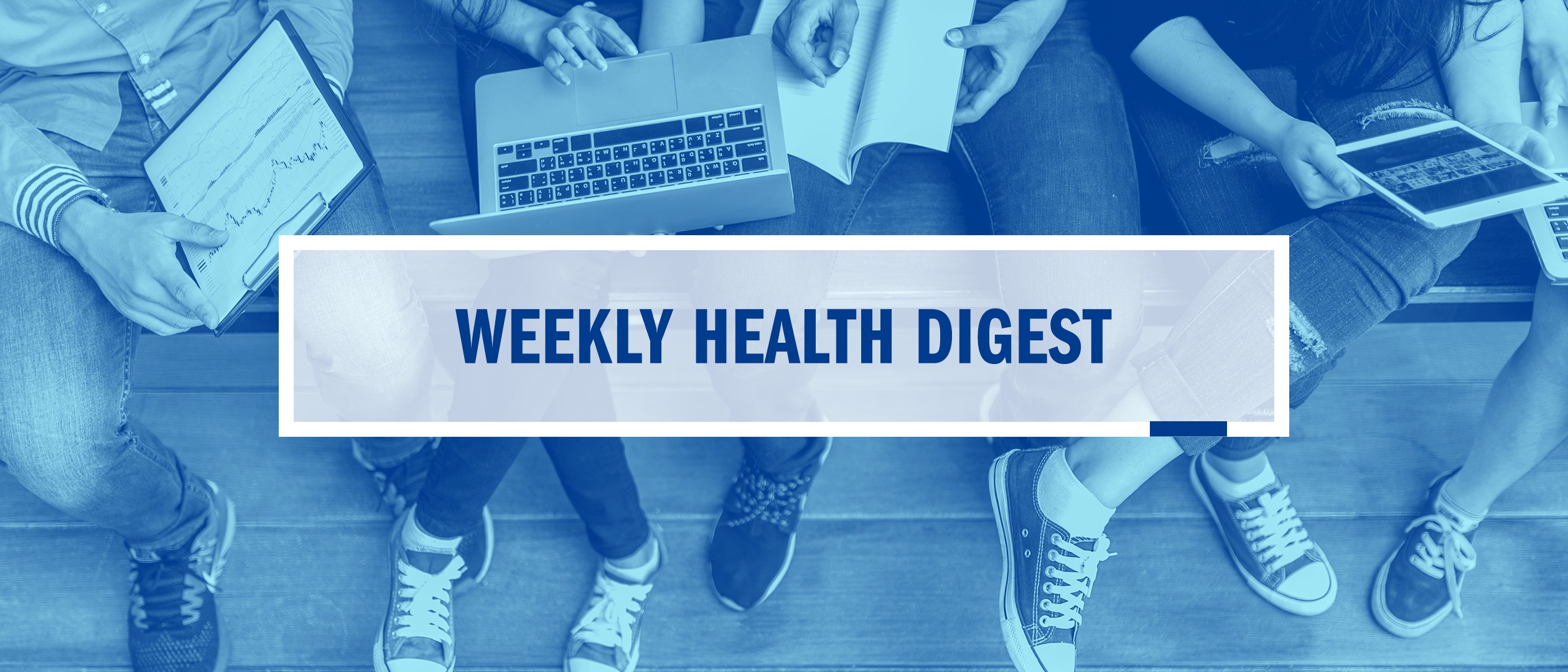News Team member Caroline Hansen reports that hospital closures across the United States threaten equitable healthcare access for rural populations and demand solutions.
Deep asleep? You can still follow simple commands, study finds
By Anil Oza, Nature
Often when asleep, we feel cut off from the outside world. For many years, this was the exact definition of sleep — a lack of consciousness where we can’t (or don’t) know what is going on outside of us. However, a study published in Nature Neuroscience on October 12th indicates that our definition might have to change. Following a study in which researchers found that they could communicate with lucid dreamers — people who are aware that they are dreaming while they dream — the scientists asked themselves if they could also communicate with non-lucid dreamers. Short answer: they can. All participants in their study, even those diagnosed with the sleep disorder narcolepsy, were able to respond to commands of “smile” or “frown” while asleep. The highest response rates were in rapid eye movement (REM) sleep, often considered “closer” to consciousness than deep sleep states. This discovery will help scientists better understand sleep disorders like insomnia and sleepwalking as well as help uncover some of the mystery that is human consciousness.
— by Katie Stachowicz
If You’ve Ever Heard a Voice That Wasn’t There, This Could Be Why
By Veronique Greenwood, The New York Times
A new study published in the journal Psychological Medicine may reveal that hallucinations stem from contradicting environmental signals. Researchers based out of a Swedish lab tested a group of volunteers by poking them gently in the back with a rod, based on a previous study where volunteers reported feeling a person behind them after several gentle taps. The researchers observed that volunteers tended to report hearing voices when there was time between pushing the button and being poked with the rod. They say that the contradicting environmental signals could be the cause of the hallucinations. Scientists also report that five to ten percent of the general population has experienced a hallucination at some point in their lives.
— by Chaya Tong
Scientists Offer a New Explanation for Long Covid
By Pam Belluck, The New York Times
Researchers at the University of Pennsylvania have identified a possible explanation for long Covid, in a study published in Cell. The researchers analyzed blood and stool from patients suffering from long Covid and individuals in the early stages of COVID-19 infection. The team found that serotonin levels were reduced in people suffering from long Covid, and had not recovered to pre-virus levels. Although small, the study suggests that the virus may linger in the gut of some individuals who contract it, leading to lower serotonin levels and negative effects on the nervous system. These findings could help to develop new treatments for long Covid and connect other long Covid hypotheses. Next, the researchers plan to start a clinical trial of Prozac on long Covid patients, to determine if serotonin supplementation can improve symptoms.
— by Ellie Purinton
Celebrities lean into digital health investments
By Tina Reed, Axios
Known for his record-breaking serve speeds, Andy Roddick is making waves in a new vertical: digital health. Roddick, the most recent American tennis champion to reach World No. 1, was sitting on a Zoom call with some doctor friends during the pandemic when he realized he wanted to change the way sports injuries are detected and treated.
That Zoom call has since turned into ViewFi, a company tackling musculoskeletal injuries through an AI-driven virtual diagnostic system. Roddick represents the latest in athletes and celebrities — Kevin Hart, Megan Rapinoe, and Shaquille O’Neal, to name a few — investing and innovating in digital health solutions.
Athletes, in particular, are highly attuned to their physiology and bring personal experiences that make them valuable strategic partners for healthcare companies. Serving as the catalyst for ViewFi, a retired Andy Roddick wondered if the average person could ever get the caliber of care he received while competing at Wimbledon and other big-stage tournaments.
It’s becoming more common for athletes to put their skin in the game of digital health. Most notably, tennis legend Serena Williams launched her own venture capital fund Serena Ventures in 2017. Serena is an early investor in companies such as Noom (weight loss), Mahmee (cancer screening), and Juno Medical (primary care). Boasting a naturally competitive edge and a brand that reaches millions of fans, athletes are bringing relevant skills needed to build in the world of healthcare startups.
— by Nolan Shah
A Glimpse Into Spain’s Future, Where Water Comes by Truck, Not Tap
By Rachel Chaundler, The New York Times
As a result of severe warming and droughts in 2022 and 2023, Spain residents are struggling to find clean water and it seems to be getting worse as global temperatures reach record highs. Many residents are now dependent on clean water “deliveries”. However, the scarcity and long wait time of such deliveries are unnerving for community members across Spain. The inability to trust their typical water sources is affecting residents of all kinds. Parents are growing worried about how the inaccessibility of drinking water is going to harm their children’s health in the coming years. Cattle farming is also facing the threat of a clean water deficit; many farmers are selling assets to make room for growing expenses caused by the drought while others have observed a depletion of well water. Although interventions are being pursued to decontaminate and distribute water, experts are weary of how a lack of rainfall will continue to threaten communities.
— by Soma Sonawane
This is the largest map of the human brain ever made
By Gemma Conroy, Nature
There is now a map for organs that lets you do all your thinking–your brain. Researchers have mapped the cellular architecture and gene expression signatures of the human brain using single-cell RNA-sequencing as a part of a project from the US National Institutes of Health’s Brain Research through Advancing Innovative Neurotechnologies (BRAIN) Initiative. Single-cell RNA sequencing is a technique that provides data on the gene expression levels of an individual cell, which provides information on the gene activity and identity of the cell. By sequencing the RNA for thousands of cells from the human brain, scientists were able to identify 461 different brain cell types with over 3,000 more subtypes. This first-ever whole human brain cell atlas will allow scientists to understand various cell types and their interactions that generate all our brainpower. With this understanding, scientists will be able to visualize which genes and cell type-specific issues contribute to neurodegenerative disease, enabling them to identify issues and direct their efforts toward finding novel therapies for them.
— by Jeeya Sharma
Items summarized by: Katie Stachowicz, Chaya Tong, Ellie Purinton, Nolan Shah, Soma Sonawane, Jeeya Sharma

